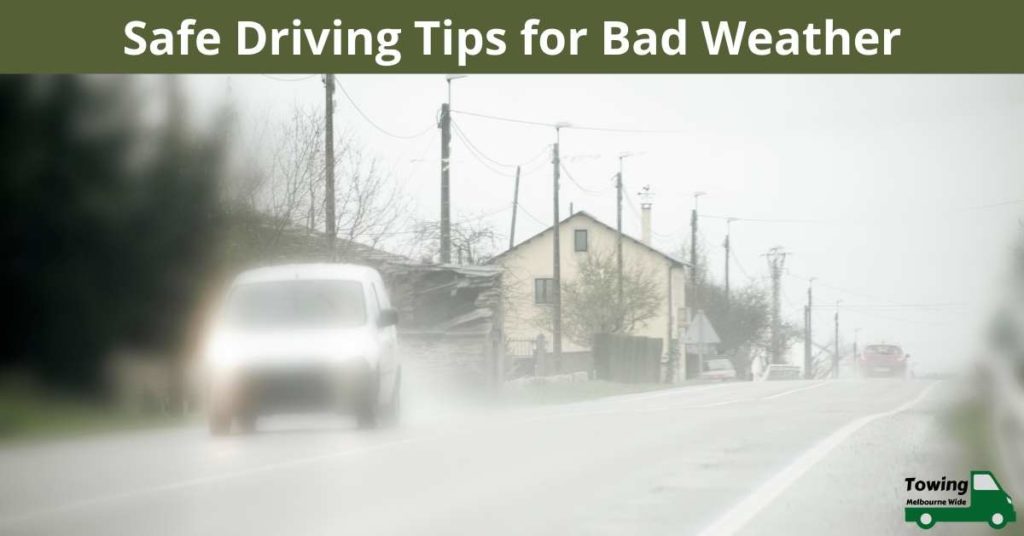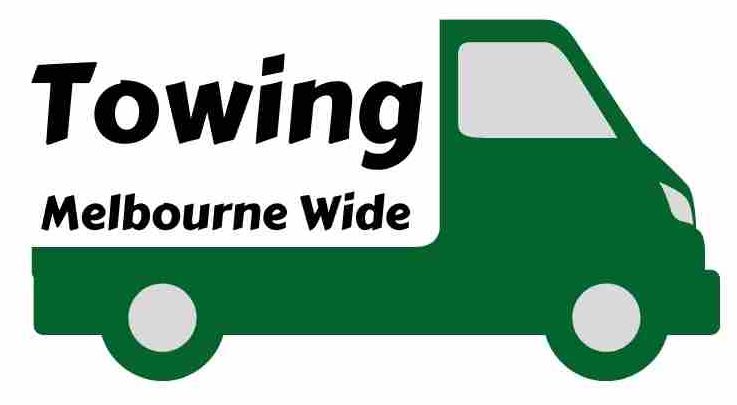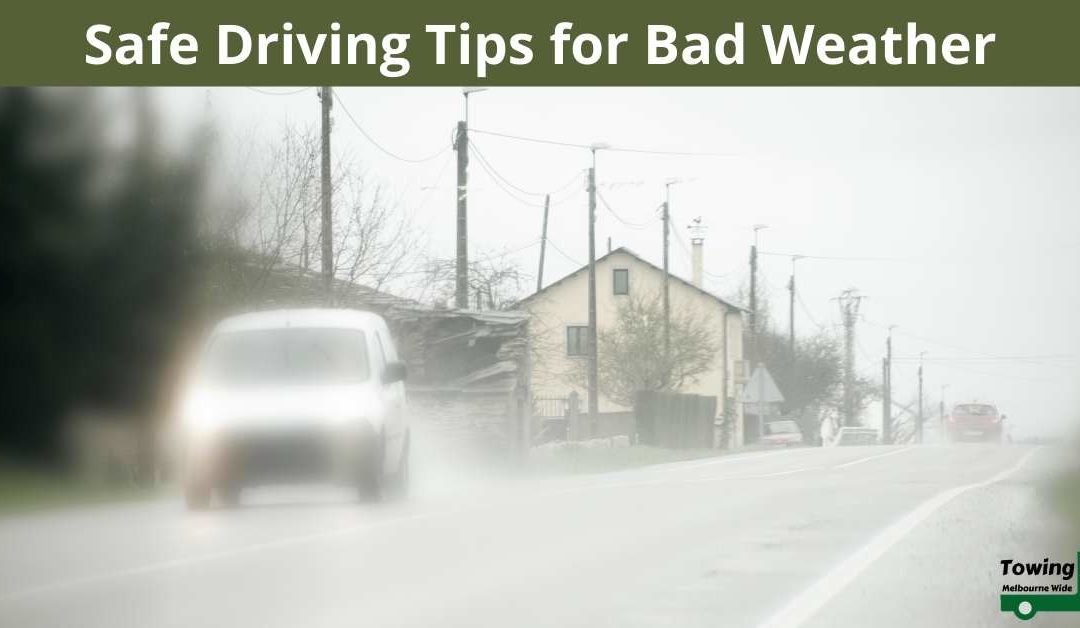Driving can be challenging, even under ideal conditions.
But bad weather conditions—like snow, ice, fog and heavy rain—can bring challenges of their own.
Here are a few tips for dealing with bad weather that can save you a call to our roadside assistance locations.
Make Sure Your Car Is Ready Before Bad Weather
Before you get caught in a snowstorm, or on icy roads, make sure your car is in good shape.
- Check your tires. Make sure the treads are deep enough (at least 1/8 inch).
- Check your lights. Make sure they are working properly.
- Check your battery. Make sure the terminals are shiny and free from corrosion.
- Check your windshield wipers. Make sure they are doing their job.
- Check your fluid levels for motor oil, antifreeze, windshield wiper fluid. Make sure to maintain adequate levels throughout the season.
Driving in Snow & Ice
In snow and ice, you want to give yourself plenty of time to respond to reduced traction on slippery roads, and to skids on icy patches.
Slow down. This one is a no-brainer. In snowy or icy conditions, when your car can suddenly lose traction, you want to give yourself as much time to react as possible.
Watch out for black ice. Especially common on bridges and intersections, it’s a thin layer of ice over pavement that is difficult, if not impossible, to see. Black ice is hard to spot, so again, slow down.
Give yourself space. Give yourself plenty of braking distance between yourself and the car in front of you. If you leave some room, you won’t worry about causing a fender bender, even if your car slides a little due to snow or ice before coming to a full stop.
Skids happen. When they do, don’t brake suddenly. Instead, do the following:
- Drive carefully before skids happen, especially when making a turn.
- Remain calm if you find your car skidding.
- Take your foot off the accelerator and turn the car in the direction of the skid (if you are skidding to the right, steer to the right). Do this until you feel the car regain traction and you can straighten out the car.
- If you don’t have ABS brakes, don’t brake at all, just steer into the skid.
- If you have ABS brakes, you can attempt to brake while also steering into the skid.
Driving in Heavy Fog
In heavy fog, your main problem is reduced visibility. If you can’t see cars in front of you, you can’t reduce your speed, or brake, in time to avoid them.
Slow down. Your visibility is impaired and so is the drivers behind you. Drive accordingly.
Use your fog lights or low beams. Regular headlights just bounce light off of heavy fog, making it difficult to see. Use your fog lights or low beams instead for better visibility.
Pull over if necessary. If you really can’t see, pull over to a safe spot until the fog lifts.
Driving in Heavy Rain
In heavy rain, you want to avoid hydroplaning or driving through flooded areas where you risk a flooded engine or worse, being swept away.
Make yourself visible. In many states, if your windshield wipers are on, your headlights are supposed to be on, too. Even if it isn’t the law in your state, it makes sense to make yourself as visible as possible to other cars. In heavy rain, a car with no lights is hard to see. Turn on those headlights so others can see you.
Slow down. If there is a lot of water on the ground and you are going too fast, your wheels could lose contact with the pavement and slide over a layer of water. This is called hydroplaning.
- The slower you drive, the more your wheels remain in contact with the pavement, so slow down.
- Try to avoid large puddles. If you must drive through them, slow down.
- If you find yourself hydroplaning, don’t brake suddenly or turn. Take your foot off the accelerator, keep the steering wheel steady and coast until you feel the car regaining traction.
Don’t drive through flooded areas. If you come to water and you can’t tell how deep it is, don’t cross it in your car. It doesn’t take much water (just a few inches) to get into your air intake and flood the engine.
And if you are driving across deep water in a flash flood situation where there is a strong current, it only takes a foot of moving water to sweep away a vehicle. Don’t risk it. Find another route.
Now Towing Melbourne Wide is available in Ashburton Victoria 3147, Australia.
Contact us
Towing Melbourne Wide
4/10 Auburn Grove
Hawthorn East VIC 3123
(03) 9956 1908
www.towing-melbournewide.com.au



Recent Comments